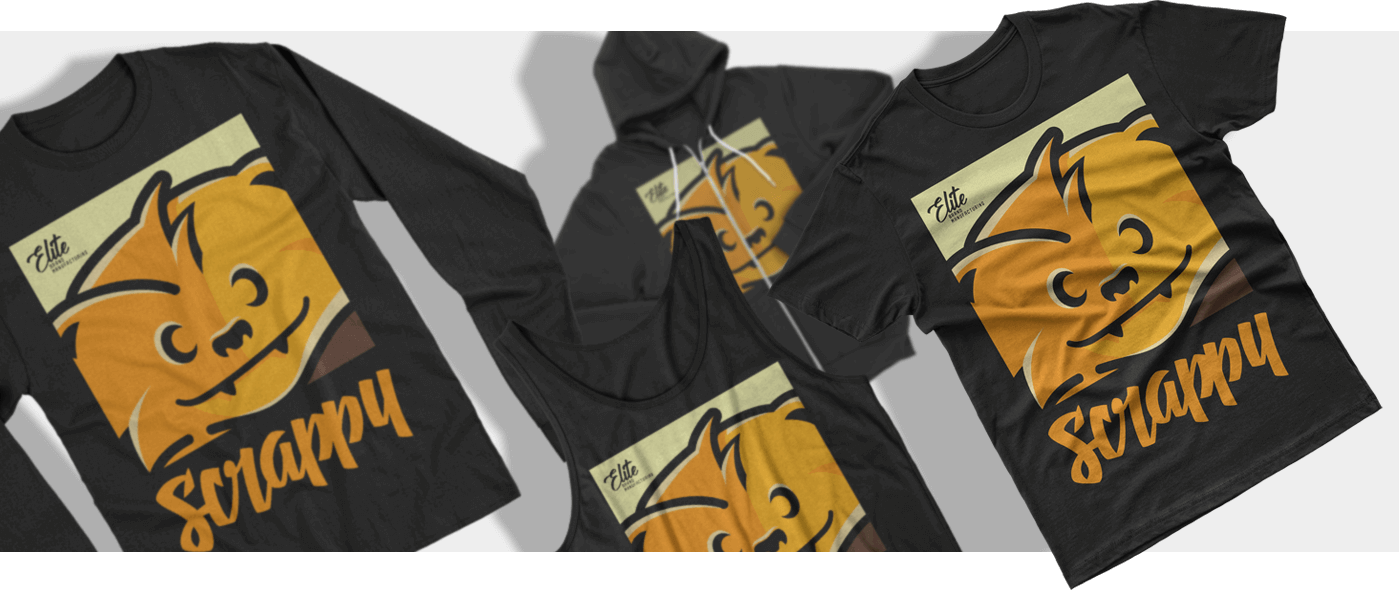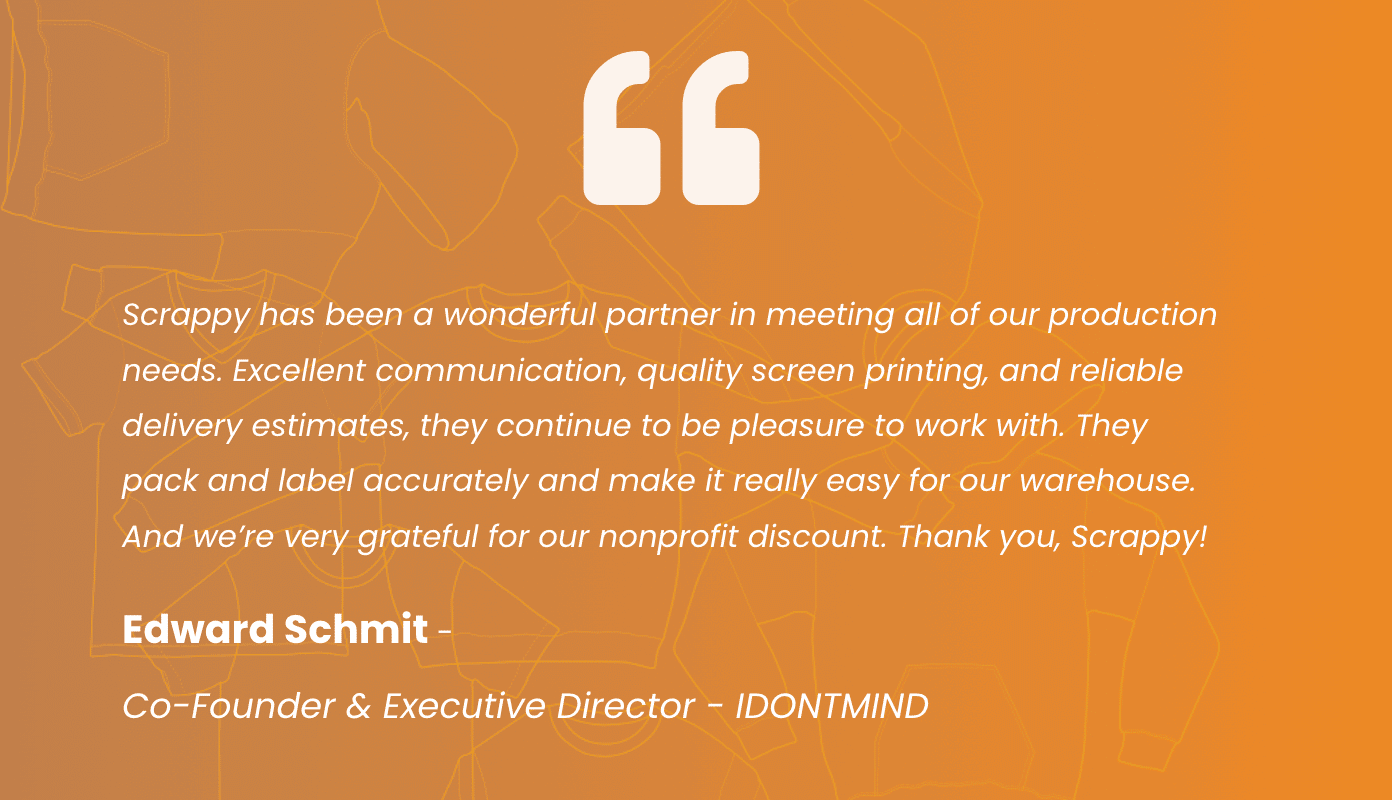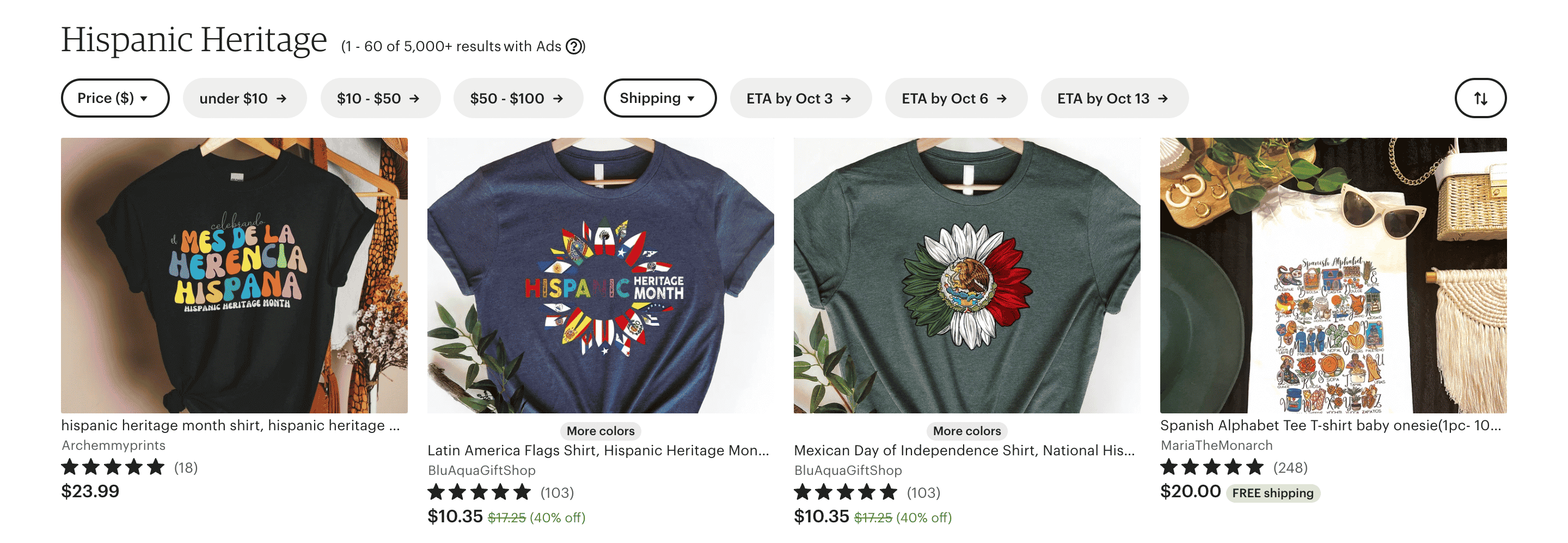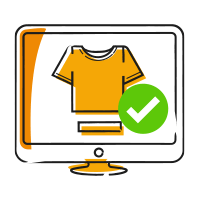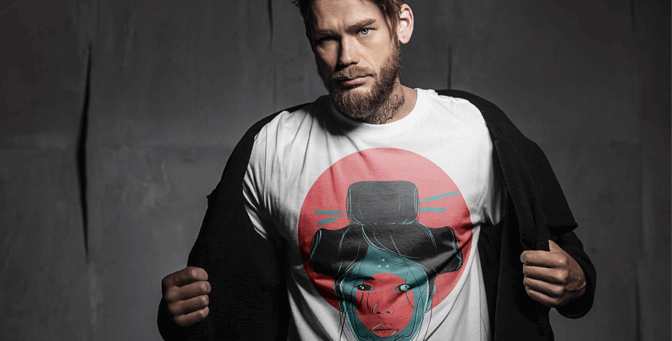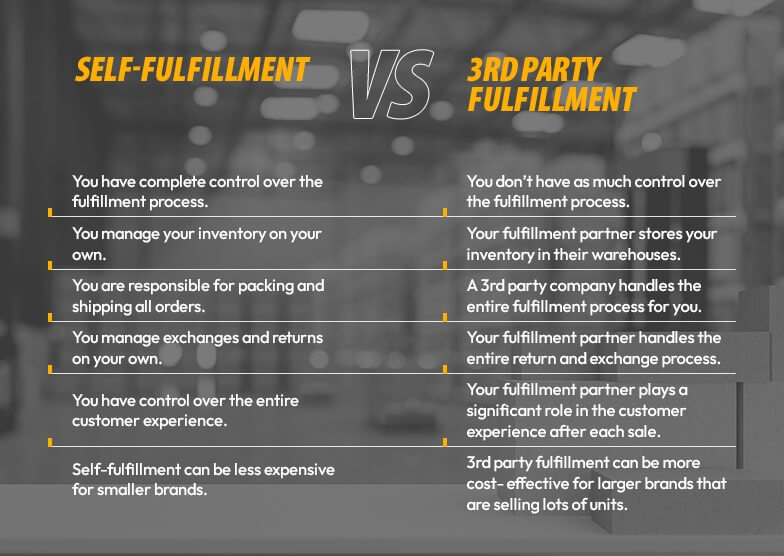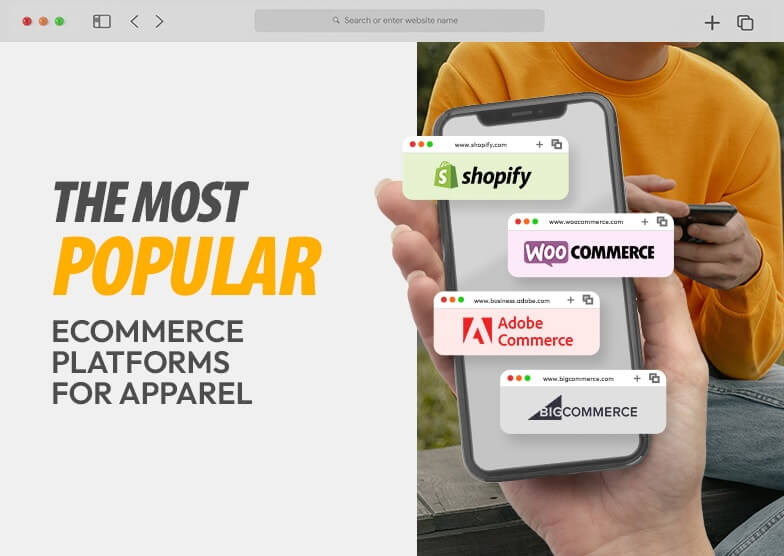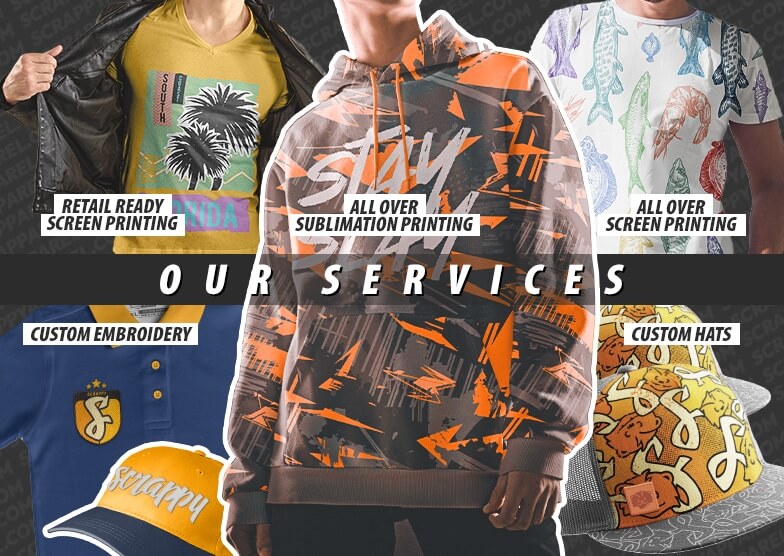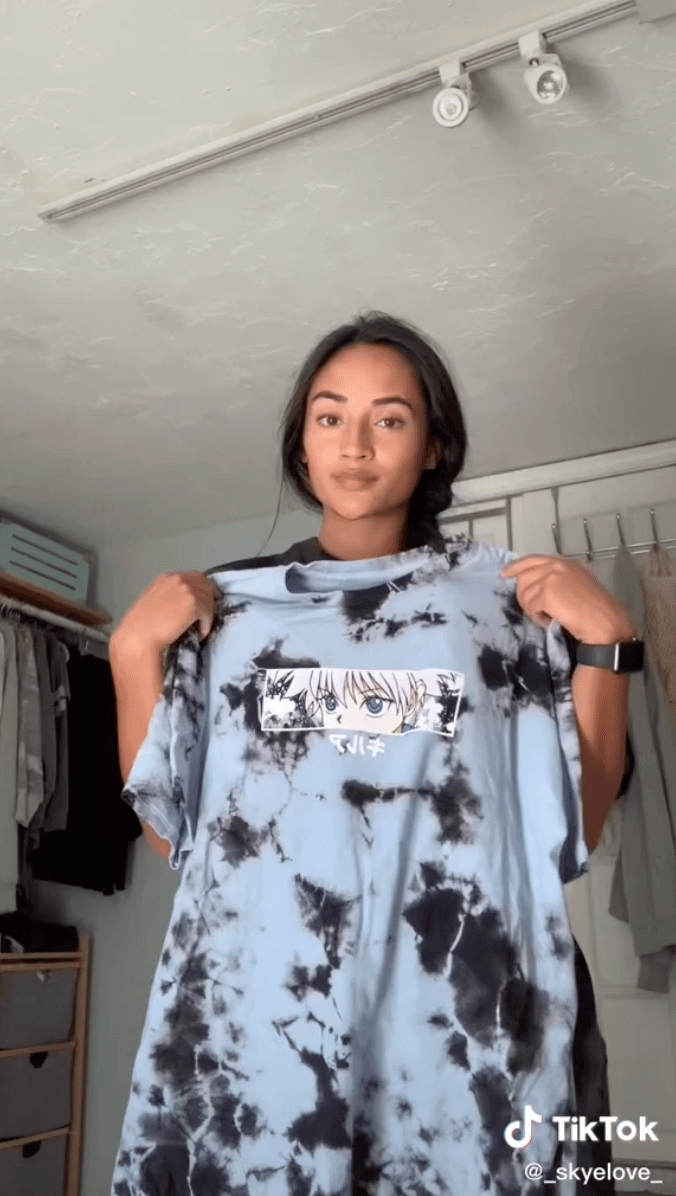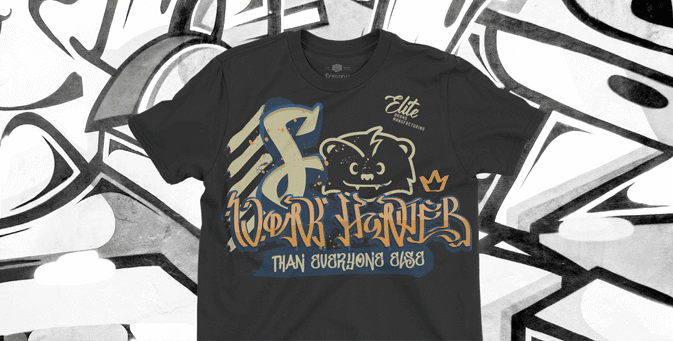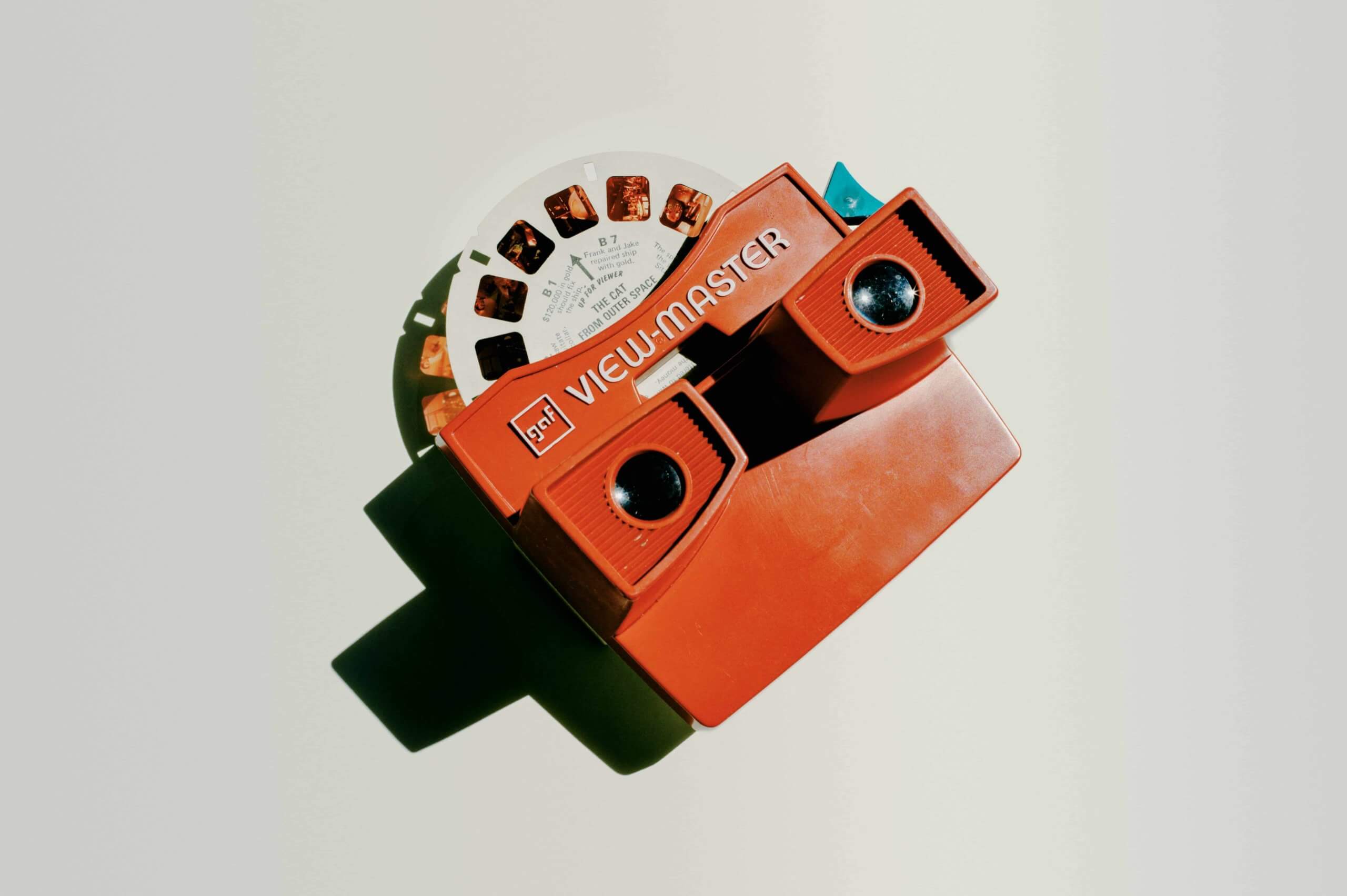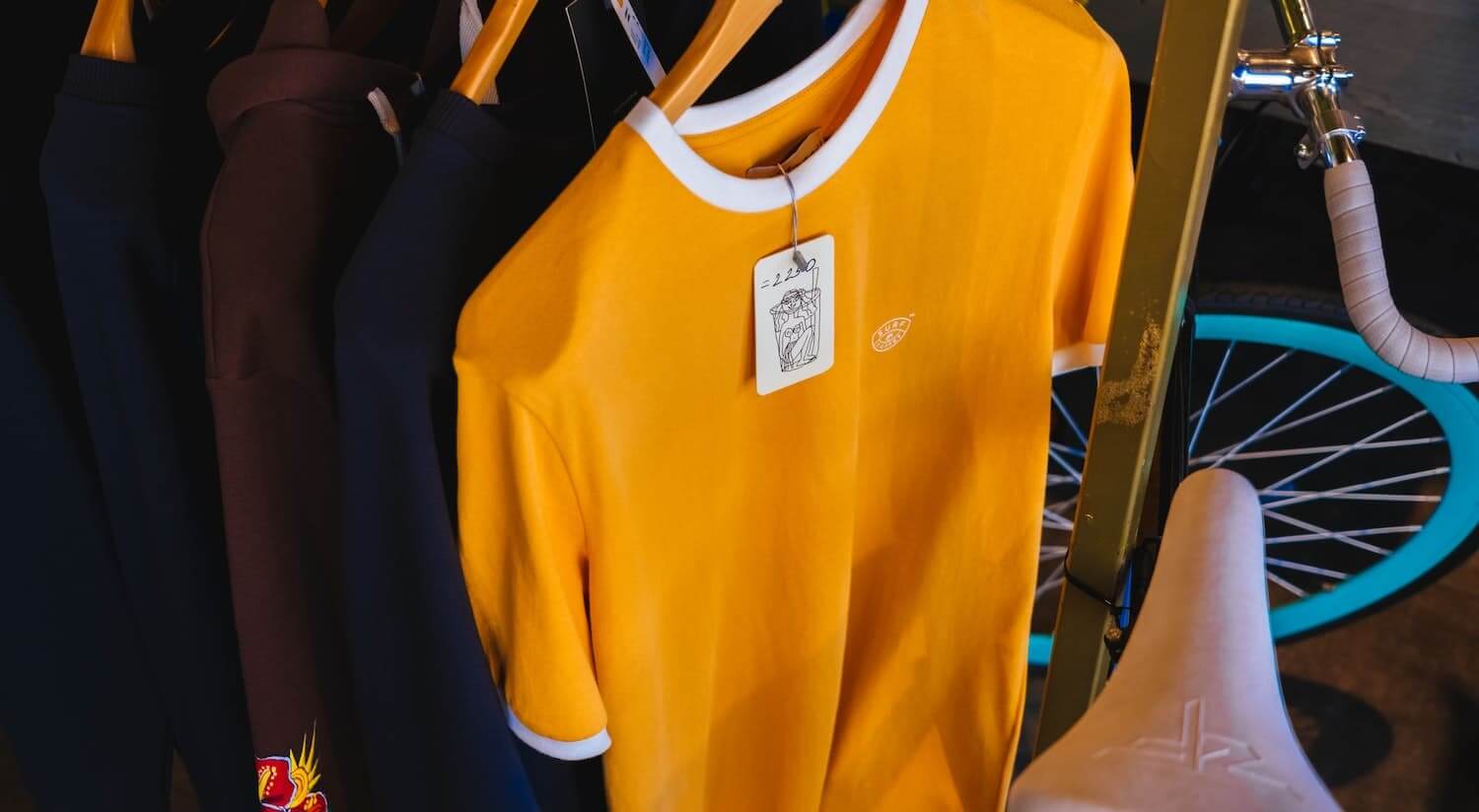As a custom apparel manufacturer, one question we often hear is, “Can you make money from selling t-shirts?” The answer is a resounding “YES!”
T-shirts are always in style. They are comfortable and affordable. They’re also a great way to show off your personality. People from all walks of life love ’em!
If you decide to start selling t-shirts, you can earn a small profit off each unit you sell. If you sell thousands of units, you can make a very sizable income.
But where (and how) will you sell these shirts after you manufacture them? Today, we’re going to look at eight different sales channels that have been proven to be effective for selling custom screen printed t-shirts.
Check these out:
1. Sell Though Your Own Ecommerce Store
Online retail is one of the most popular ways to sell t-shirts. You can set up your own ecommerce store using a platform like Shopify or WooCommerce. Then, you can customize your website to match your brand and start selling t-shirts in no time.
Running your own ecommerce store gives you complete control over your brand, pricing, and marketing. It’s also relatively easy to get started and doesn’t require a large investment. Many ecommerce platforms offer very affordable plans, and the other costs of starting an online store (like hosting, domain names, etc.) are relatively low as well.
The downside of selling online is that you’ll have to invest time and money into driving traffic to your store. You’ll need an A1 marketing game plan. You’ll also need to handle shipping and customer service.
But if you can master online marketing and offer excellent customer service, selling t-shirts through your own store can be extremely profitable.
2. Sell on a Third-Party Marketplace
If you don’t want to deal with setting up and maintaining your own ecommerce store, you can sell your t-shirts on a third-party marketplace like Amazon, eBay, or Etsy.
Online marketplaces often have user-friendly processes for setting up online stores and selling apparel. They also drive a lot of traffic to their sites, so you’ll get exposure to new potential customers. Marketplace algorithms are designed to showcase products that are selling well, so if your t-shirts start taking off, you could get a nice boost in traffic (and sales!)
One of the main benefits of selling on a marketplace is that you don’t have to worry (as much) about driving traffic to your store. The marketplace will help you gain exposure for your products. However, you may need to have your own marketing strategy to take your sales to the next level.
The marketplace will handle customer service and shipping, which will free you up to focus on other areas of your business. If you’re an artist at heart, or just don’t want to deal with the hassles of owning an online store, selling on a marketplace could be a great option for you.
But here’s the catch: you’ll have to pay fees to the marketplace for each sale you make. These fees can cut into your profits, so be sure to factor them in when you’re setting your prices.
P.S. Each marketplace is different, so make sure you read each one’s fee structure carefully!
3. Sell at Local Events
Local events are a great way to sell t-shirts and connect with potential customers in your community. You can sell at farmer’s markets, craft fairs, music festivals, and more.
One of the awesome aspects of selling at local events is that you can meet your customers face-to-face. This is a great opportunity to get feedback about your products and build relationships with customers. Make sure you have a stack of business cards ready to hand out to your new connections!
You’ll need to factor in the cost of renting a booth or table at the event. And depending on the size and location of the event, you may need to pay for travel and lodging expenses as well. But if you choose your events wisely, selling at them can be a smart way to attract new customers and grow your business.
The right event will have attendees who match your target customer demographic. Do your research to make sure you’re selling at events that will attract your ideal buyer.
4. Sell to Local Retailers
Selling to local retailers is another option for selling your t-shirts. You could approach brick-and-mortar stores in your area and see if they’re interested in carrying your line. Or you could contact online retailers that sell products similar to yours.
But why work with local retailers? Because they can do the marketing for you. When customers walk into their store or browse their website, your t-shirts will be right there in front of them. And if the retailer has a good reputation, customers will trust their judgment and be more likely to buy from them.
Of course, selling to retailers means giving up some control over your brand. And you’ll need to be comfortable with the fact that your products will be marked up so the retailer can make a profit. But if you choose the right retailers, selling to them could be a great way to grow your business.
5. Sell Through a Distributor
If you’re interested in selling your t-shirts to retailers but don’t want to deal with the hassle of marketing and selling to them yourself, you can work with a distributor. A distributor is a middleman who will market and sell your products to retailers on your behalf.
Selling t-shirts through a distributor can be a great way to get your products in front of more potential customers. And since they’re the ones doing the selling, you won’t have to worry about building relationships with retailers or haggling over price.
However, you will have to give up a percentage of each sale to the distributor. And there’s always the risk that they won’t do an excellent job marketing and selling your products. If you go this route, be sure to do your research and choose a reputable distributor.
So, how do you connect with distributors, anyway? Start by searching online for t-shirt distributors in your area. You can also attend trade shows and other events where distributors are likely to be in attendance. Once you’ve found a few possibilities, reach out and introduce yourself.
6. Sell Wholesale
Another option for selling your t-shirts is to sell them wholesale. This means selling them in bulk to retailers, businesses, or other customers who want to buy them in large quantities.
You can find wholesale customers by searching online or networking with other businesses in your industry. Once you’ve found a potential buyer, you’ll need to negotiate a price and delivery date.
Selling wholesale can be a great way to increase your sales and reach new customers. Since you’ll be selling in bulk, you’ll usually get a discount on the shirts themselves.
However, selling wholesale requires that you have enough inventory on hand to meet the demands of your customers. And you’ll need to find a way to store and ship your products safely and securely. If you’re not careful, selling wholesale can quickly become a logistical nightmare. If you’re prepared for it, it can be an excellent way to grow your business.
7. Sell on Social Media
With social media platforms integrating shopping features into their platforms, selling on social media has become easier than ever. For example, you can set up a shop on Instagram and start selling your t-shirts to your followers.
People already use social media to discover new products. If you have an apparel brand, it’s a natural fit to sell your products on social media. You can use social media to promote your brand and reach new customers who might not find you otherwise.
Plus, selling on social media is usually free or very low cost. And you can set up a shop in just a few minutes. If you’re not already selling on social media, it’s definitely worth considering.
8. Sell in Your Own Brick-And-Mortar Store
If you have the space and the resources, selling in your own brick-and-mortar store is a great option. This way, you’ll have complete control over your brand and how your products are presented to customers.
Of course, opening a physical store requires a significant investment of time and money. You’ll need to find a good location, build out your space, and stock it with inventory. You’ll need to hire staff and deal with the day-to-day logistics of running a store.
Running a store is a full-time job. Don’t bite off more than you can chew. But if you’re up for the challenge, selling in your own brick-and-mortar store can be a great way to grow your business.
How to Make Your Sales Channels Work Together
Now that you know all the different ways you can sell your t-shirts, it’s time to start considering how to integrate them.
The key is to create a sales strategy that takes advantage of the strengths of each channel while mitigating the weaknesses. For example, if you’re selling online, you might use social media to drive traffic to your website. Or if you’re selling wholesale, you could use your brick-and-mortar store as a way to showcase your products to potential buyers.
There’s no one-size-fits-all solution. The best sales strategy for you will depend on your specific business and goals. But there are a few general tips you can follow to make sure your sales channels work together effectively.
Keep Your Branding Consistent
When customers see your t-shirts in different places, you want them to instantly recognize that it’s your product. That means keeping your branding consistent across all your sales channels.
Use the same logo, colors, fonts, and style across all your channels. This way, people will instantly recognize your brand no matter where they see it.
Promote Your Other Sales Channels
Don’t be afraid to promote your other sales channels to customers. If you have a brick-and-mortar store, make sure you mention it on your website. And if you’re selling online, let people know they can also find your products in stores.
The more places people can buy your t-shirts, the better. Promote all your channels and make it easy for customers to buy from you no matter where they are.
Use Technology to Your Advantage
Technology can help you manage your inventory, track your sales, and automate some of the more tedious parts of running a business. There are lots of great tools out there to help you streamline your operations.
For example, if you’re selling online and in stores, you’ll need a way to keep your inventory updated in both places. You don’t want to oversell or undersell your products. Look for a inventory management system that can help you keep track of your inventory in real-time, no matter where it’s located.
Focus on the Customer Experience
At the end of the day, it’s all about the customer. No matter what sales channels you’re using, make sure you’re focused on providing the best possible customer experience.
Your goal should be to make it as easy and enjoyable as possible for people to buy your t-shirts. If you can do that, you’ll be well on your way to success.
Need Shirts to Sell? Work With Scrappy Apparel!
At Scrappy Apparel, we specialize in custom t-shirt printing. We are an online custom apparel manufacturer that offers free shipping on all orders, fast turnaround times, and no hidden fees.
To us, custom apparel is an art. We use the latest printing technology and luxury-level materials to produce custom t-shirts that are truly one-of-a-kind. Our team of skilled apparel experts will work with you to bring your vision to life.
If you’re looking for a partner to help you grow your t-shirt business, we’d love to work with you.

